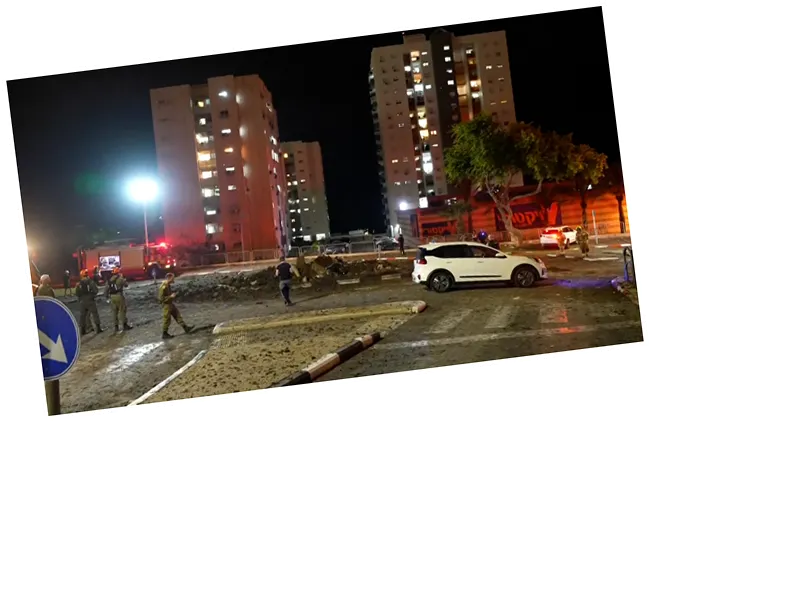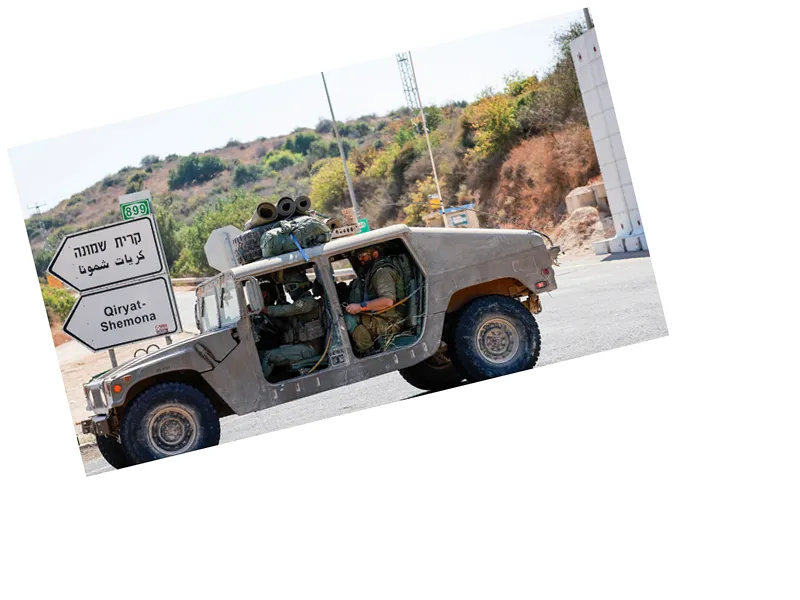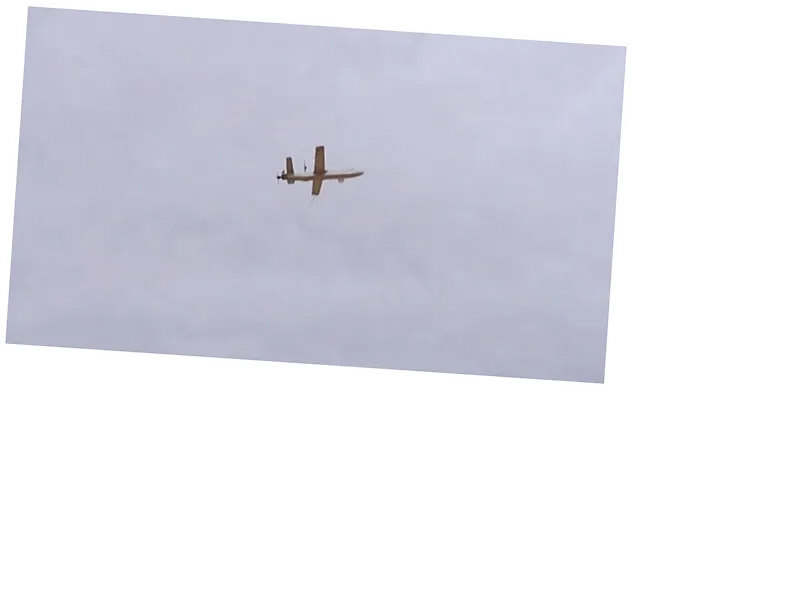Hezbollah's Strategic Shift: Bombing of Haifa
In a significant escalation of hostilities, Hezbollah's recent bombing of Haifa marks a pivotal shift in its military strategy, according to military expert Brigadier General Elias Hanna. This attack is not merely tactical; it represents a deliberate decision to target civilian areas in response to Israeli actions against civilians in Lebanon. Previously, Hezbollah focused on military installations, such as the Ramat David Air Base, but the new approach indicates a broader scope of engagement. The attack coincides with the anniversary of October 7, 2023, suggesting a calculated move by Hezbollah to assert its military capabilities.
Implications of the Attack
Brigadier General Hanna elaborated on the implications of the bombing, noting that it signals Hezbollah's regained operational balance. The attack involved precise missile strikes, potentially launched from the 'Imad 4' facility, which Hezbollah has showcased in a recent video. This facility, characterized by its underground capabilities, poses a challenge for Israeli defense systems. Hanna emphasized that while no defense system can guarantee 100% interception, Hezbollah's tactical advancements and intelligence gathering have enhanced its strike capabilities.
Regional Context and Future Outlook
The recent missile strikes from Hezbollah on Israeli military bases, including the Carmel and Nimra, highlight a strategic linkage between the Lebanese front and the ongoing conflict in Gaza. Hezbollah's actions convey a message of solidarity with Palestinian factions, indicating that it remains committed to its military objectives despite changes in leadership dynamics following the assassination of its Secretary-General Hassan Nasrallah. The Israeli military reported that while some rockets were intercepted, several managed to hit their targets, resulting in injuries and damage in Haifa. As tensions escalate, the situation remains precarious, with potential repercussions for regional stability.





